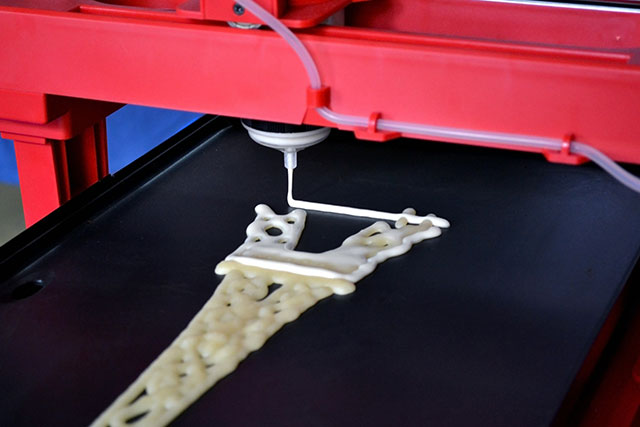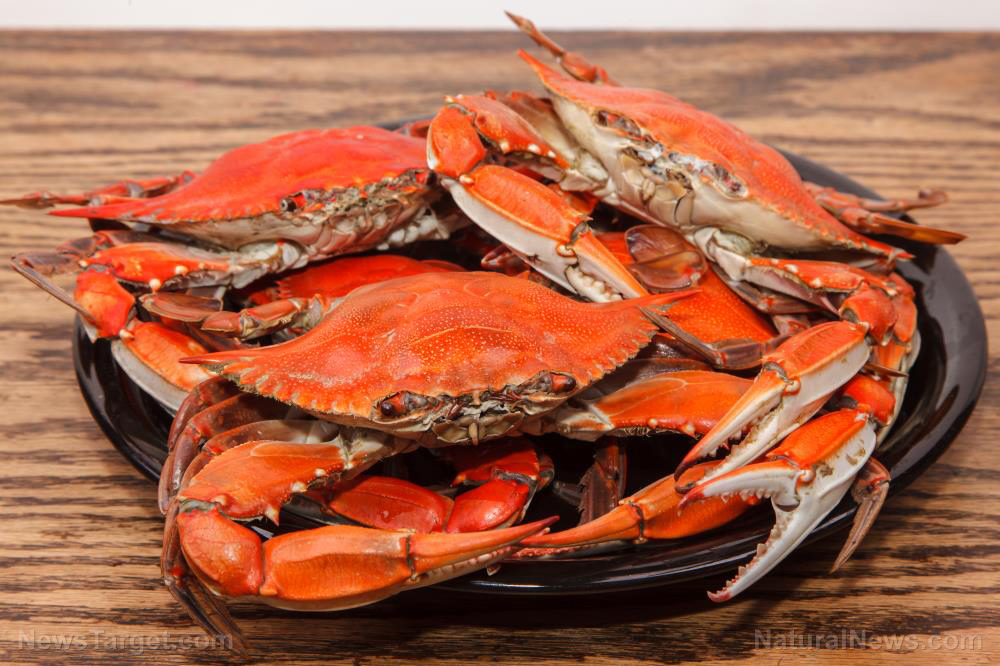
Advertisement
The technology behind 3D printing has changed a lot since it was created in the 1980s. These days, 3D printers can easily fit on a desktop – a far cry from its clunky predecessors which took up a lot of space – and churn out just about anything.
For Jin-Kyu Rhee, a professor at Ehwa Womans University in South Korea, however, the definition of “anything” could soon include food production.
In the recently concluded Experimental Biology meeting in San Diego, Rhee and his team introduced a 3D platform which allows people to print food using a given shape, texture, and even nutritional value.
“We built a platform that uses 3-D printing to create food microstructures that allow food texture and body absorption to be customized on a personal level,” explained Rhee. “We think that one day, people could have cartridges that contain powdered versions of various ingredients that would be put together using 3-D printing and cooked according to the user’s needs or preferences.”
To put it simply: People will soon be able to customize their food at a push of a button, using nothing but powdered ingredients and a 3D printer.
The current state of 3D food printing
The concept of making food out of 3D printers isn’t entirely new. Recent developments have made it possible to print, cook, and even serve food en masse using 3D printing technology. While most commercial 3D food printers use deposition, which stacks layers of raw material using additive manufacturing, newer models function by binding raw materials in a complicated process to make equally complicated and intricate pieces which range from sugar sculptures to patterned chocolate. More advanced printers can even handle even more complicated processes: The Foodini uses fresh ingredients to create food items such as pizza, quiche, and brownies. (Related: New 3D printer can print custom organic molecules in your home.)

According to Hervé Malivert of the International Culinary Center, the introduction of 3D technology in food opens up a lot of opportunities in the industry. “With a 3D printer, you can print complicated chocolate sculptures and beautiful pieces for decoration on a wedding cake,” he explained in an article in Digital Trends. “Not everybody can do that — it takes years and years of experience, but a printer makes it easy.”
In some kitchens, 3D printers are already used to free kitchen staff to complete other tasks.
Making the food of the future
In this study, Rhee and his team built a prototype 3D printer to replicate the taste and texture of actual food, using powdered ingredients and its 357 nozzles. For the printer’s “ink,” they flash-froze various food items then ground them to a powder. These were then mixed with water and “printed” under low heat. Some of the ingredients that Rhee’s team used were wheat protein, dextrin, and carrageenan, a thickening agent.
The team then subjected the resulting food items to imaging tests, so they could understand its microscopic structure, which they will use as a reference in future fabrication. According to Rhee, their study opens up the possibility of creating nutritionally dense foods that are still flavorful. His team is also confident that their technology can be used to alleviate food insecurity in regions where food is scarce or reduce food waste in certain parts of the supply chain.
While Rhee acknowledges that his team’s research is still in its infancy, he’s confident that it can take the technology to the next level. “We are continuing to optimize our 3-D print technology to create customized food materials and products that exhibit longer storage times and enhanced functionality in terms of body absorption,” he added.
Sources include:
Submit a correction >>
This article may contain statements that reflect the opinion of the author
Advertisement
Advertisements















